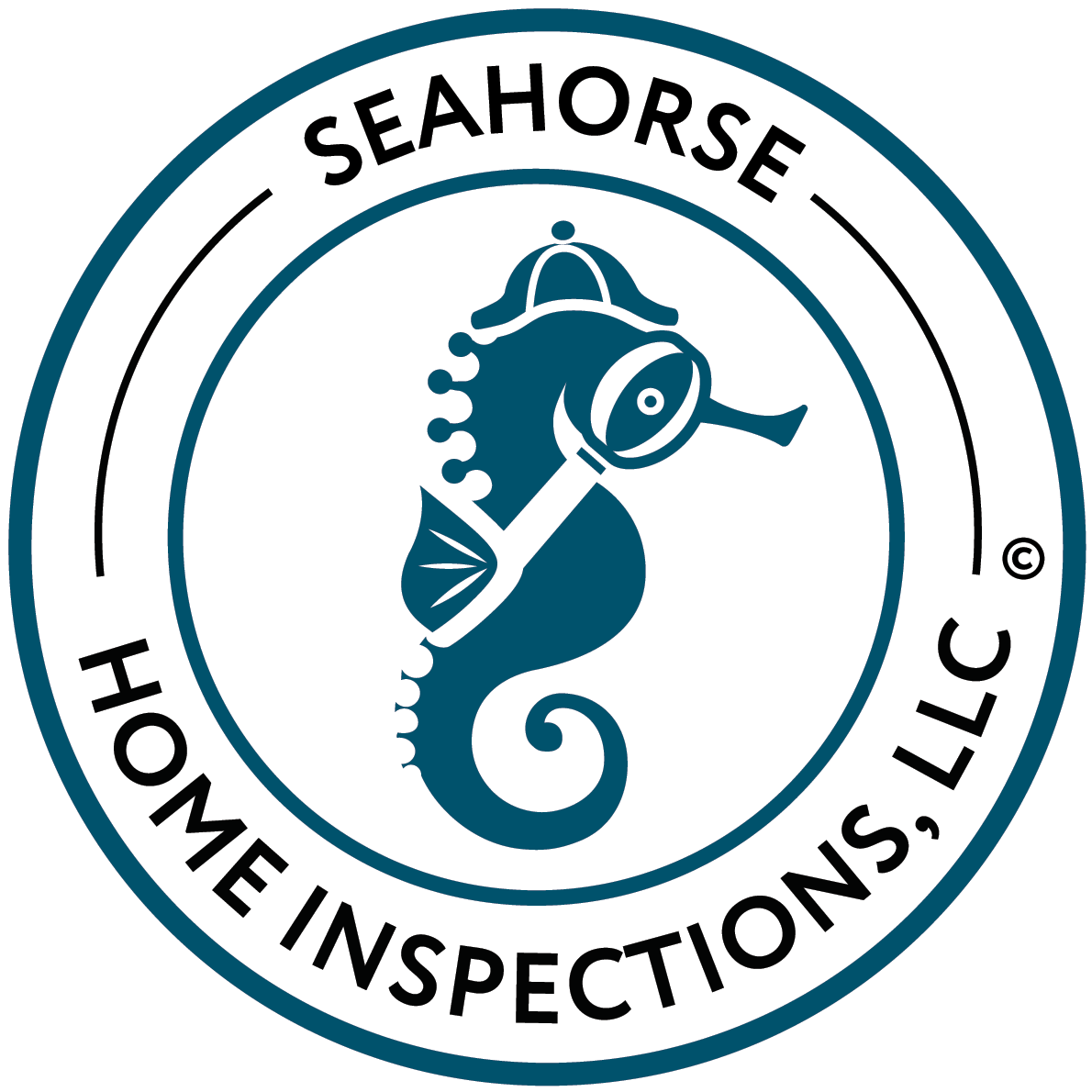Home should be a place where you can kick back, relax, and, most importantly, breathe freely. But for many, the air inside triggers sniffles, sneezes, and itchy eyes thanks to common household allergens like dust mites, pet dander, mold spores, and pollen. But turning your home into an allergy-resistant haven is doable with some smart strategies. Here’s how to allergy-proof your home.
Tackle Dust Mites Where They Live
Dust mites are tiny creatures that eat dead skin cells. They thrive in warm, humid environments, especially in bedding, upholstered furniture, and carpets. The most effective way to combat them is to create an environment they find less hospitable. Use allergen-proof covers on mattresses, box springs, and pillows. These form a barrier that dust mites can’t penetrate. Wash all bedding weekly in hot water – at least 130°F – to kill mites and wash away allergens. When cleaning, opt for a vacuum cleaner with a HEPA filter to trap tiny particles instead of recirculating them. And swap out heavy curtains and upholstered furniture for blinds and items with smoother surfaces that are easier to wipe clean.
Manage Pet Dander For An Allergy-Proof Home
Pets are beloved family members, but their dander (tiny flakes of skin) is a major allergen source. While it’s tough to eliminate dander completely, you can reduce its impact. Keep pets out of the bedrooms of anyone with pet allergies. Bathe pets regularly (check with a vet for the appropriate frequency for your pet) to help reduce dander shedding. Grooming pets frequently, preferably outdoors, also helps. Like with dust mites, using a HEPA filter vacuum is crucial for picking up dander from floors and furniture. Washing pet beds regularly is also a must.
Keeping Mold and Moisture at Bay
Mold loves damp, dark places. Basements, bathrooms, and kitchens are prime spots for mold growth, which releases irritating spores into the air. The key to controlling mold is controlling moisture. Fix leaks promptly – leaky pipes or roofs are mold magnets. Make sure there’s adequate ventilation in bathrooms and kitchens, using exhaust fans during and after showering or cooking. A dehumidifier is a great tool in damp areas like basements to keep humidity levels below 50 percent. Clean up visible mold with a detergent and water solution, and address the underlying moisture issue to prevent its return.
Blocking Out Pesky Pollen
Pollen, originating from trees, grasses, and weeds, is a seasonal nightmare for many. While it comes from outside, it finds its way into our homes through open windows and doors, and by sticking to clothes and hair. During high pollen seasons, keep windows and doors closed as much as possible. Run your air conditioning, which helps filter the air, and remember to change the filters regularly. Changing clothes after coming inside will also help reduce the amount of pollen you track into your home.
These tips will help you actively create a healthier living space. It takes some consistent effort, but the reward – easier breathing and fewer allergy symptoms – is well worth it. Your home will be a breath of fresh air!
Allergy-Proof Your Home FAQs
Is there a best type of flooring for people with allergies?
Hard-surface flooring like hardwood, laminate, or tile is generally preferred over carpet because it’s easier to clean and doesn’t trap allergens like dust mites and dander as effectively.
How often should I change my HVAC air filter if I have allergies?
It’s generally recommended that you change your HVAC air filter every 1-3 months, or even more frequently during peak allergy seasons or if you have pets, to ensure that it effectively traps allergens.
Can house plants help with indoor air quality and allergies?
While some plants help filter air, their effect on reducing common household allergens is often minimal compared to other methods like proper ventilation and air filtration systems. Be mindful that damp soil can sometimes contribute to mold growth.
Are professional cleaning services helpful for allergy-proofing?
Professional cleaners who specialize in allergy-friendly cleaning methods, including thorough carpet and upholstery cleaning with HEPA-filtered equipment, can provide a deeper clean and help reduce allergen levels.
Seahorse Home Inspections provides home inspections in St. Lucie County and the surrounding areas. Contact us to schedule an appointment.

